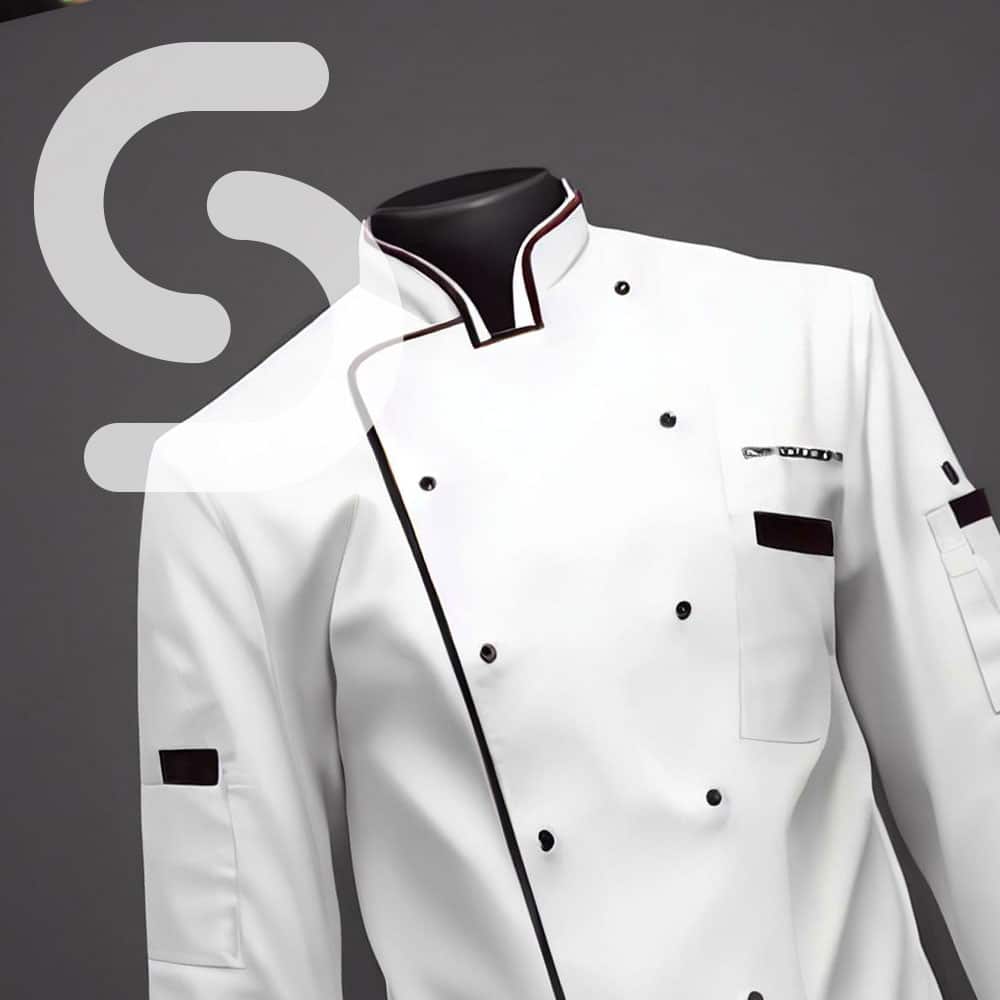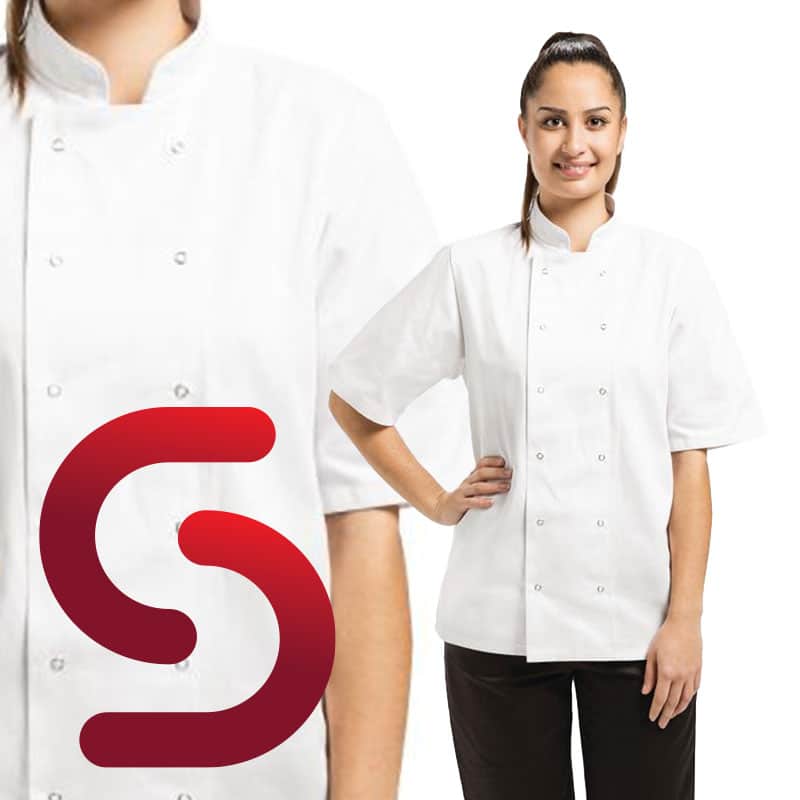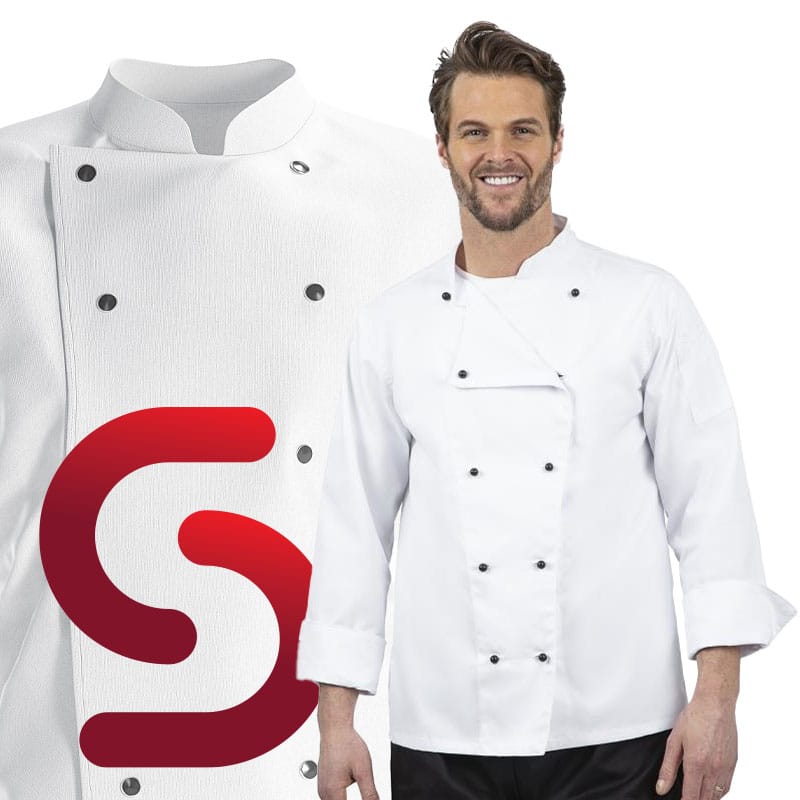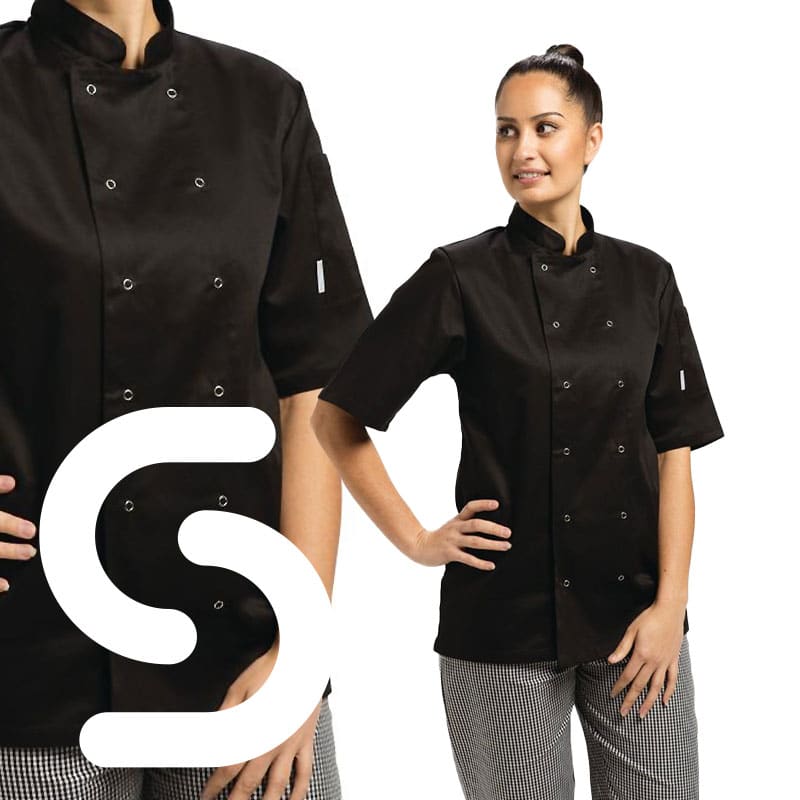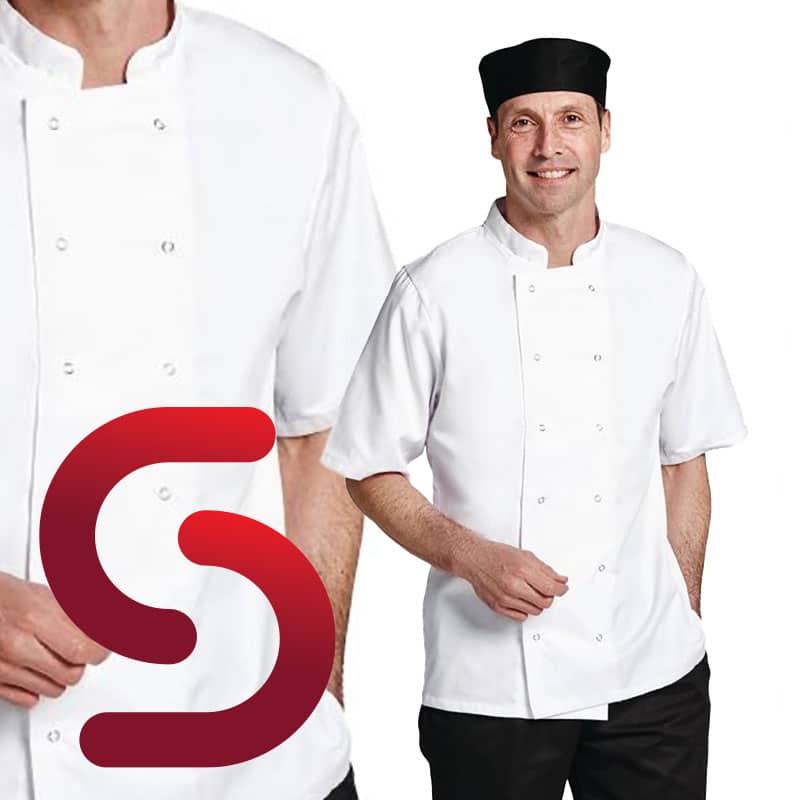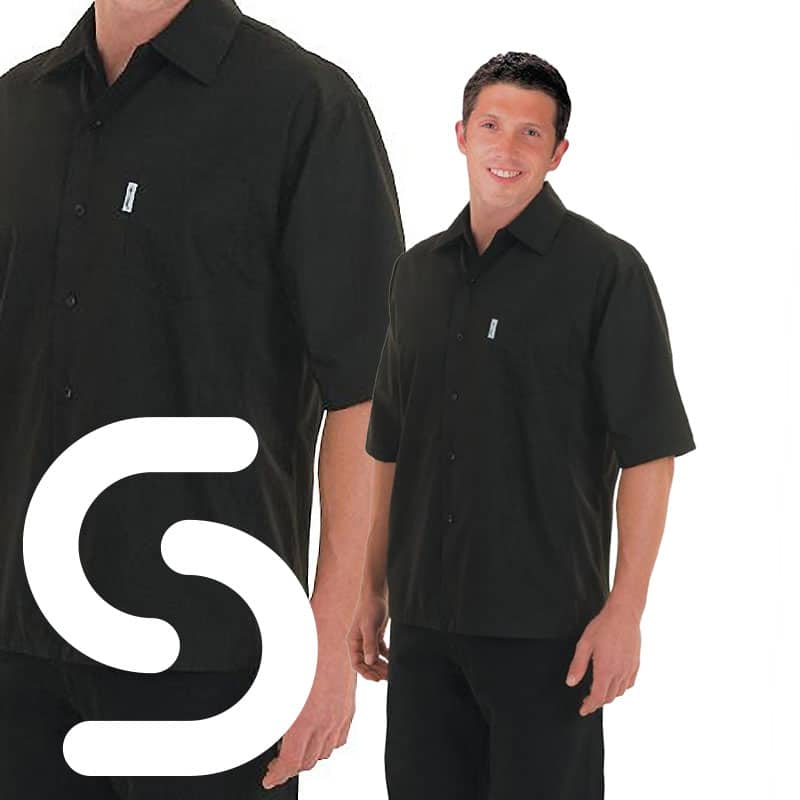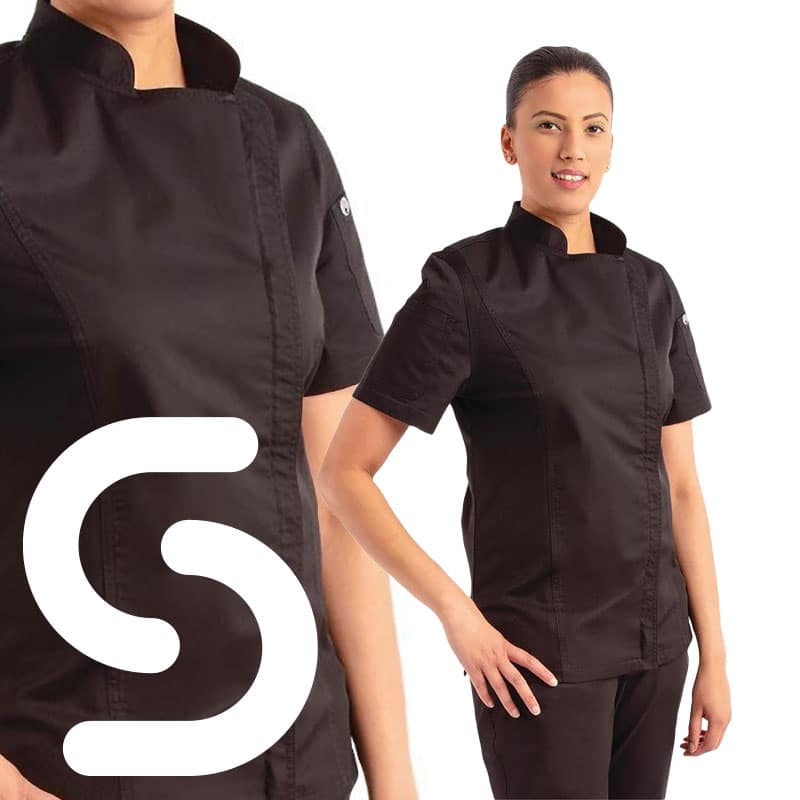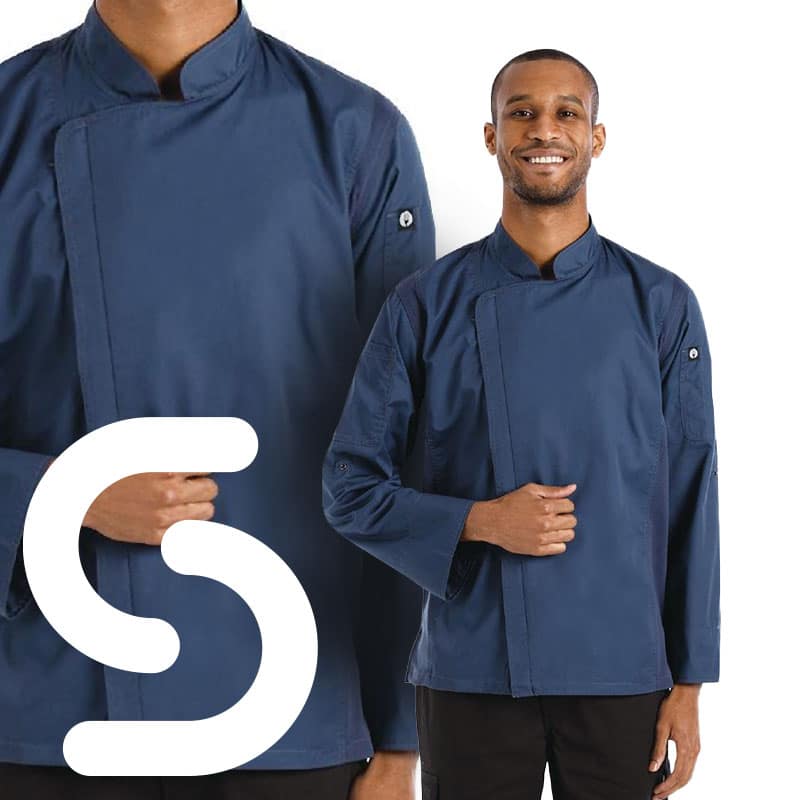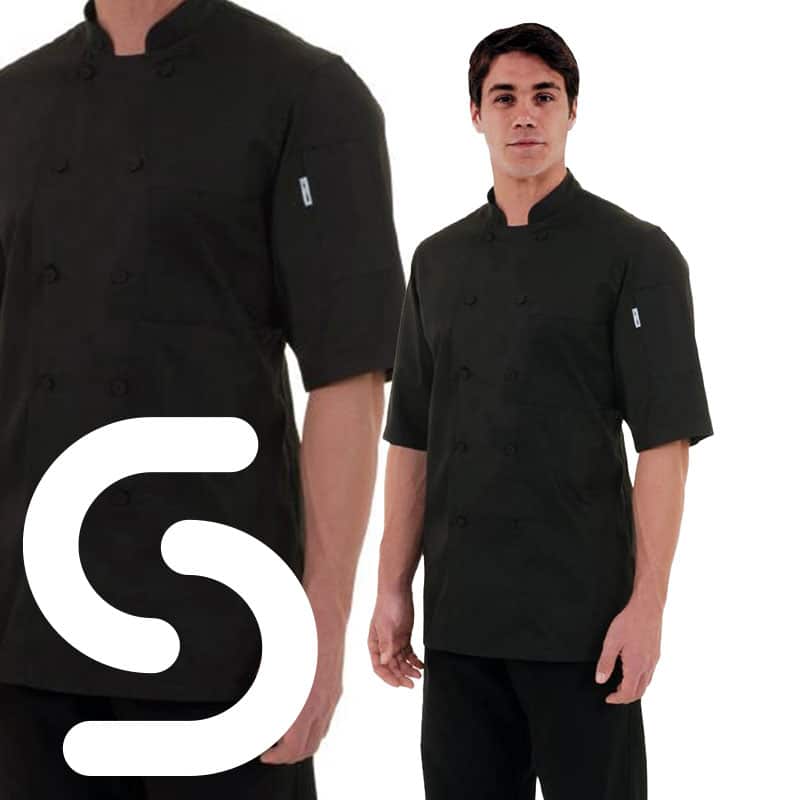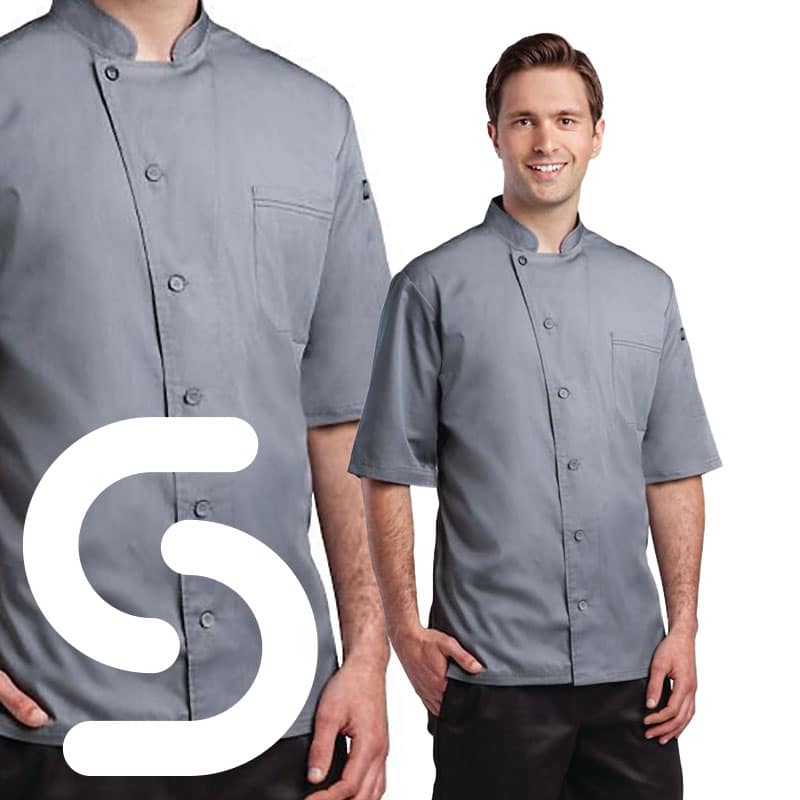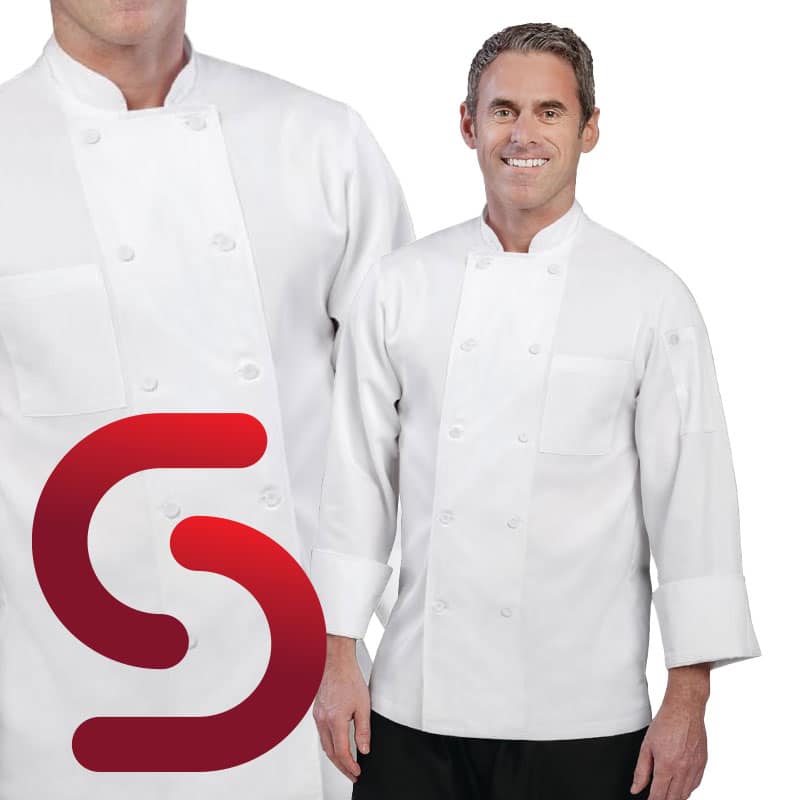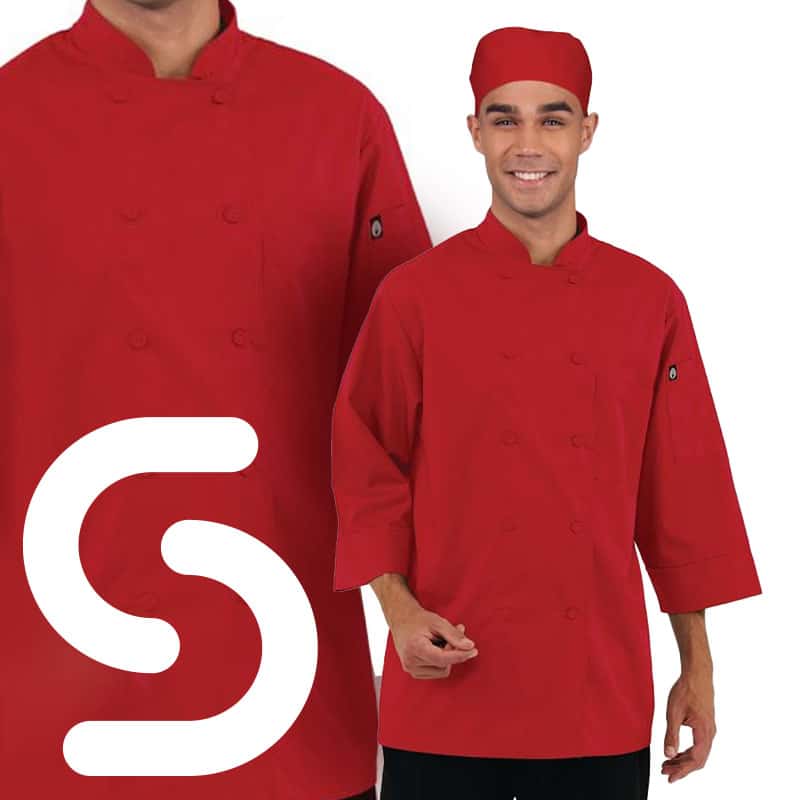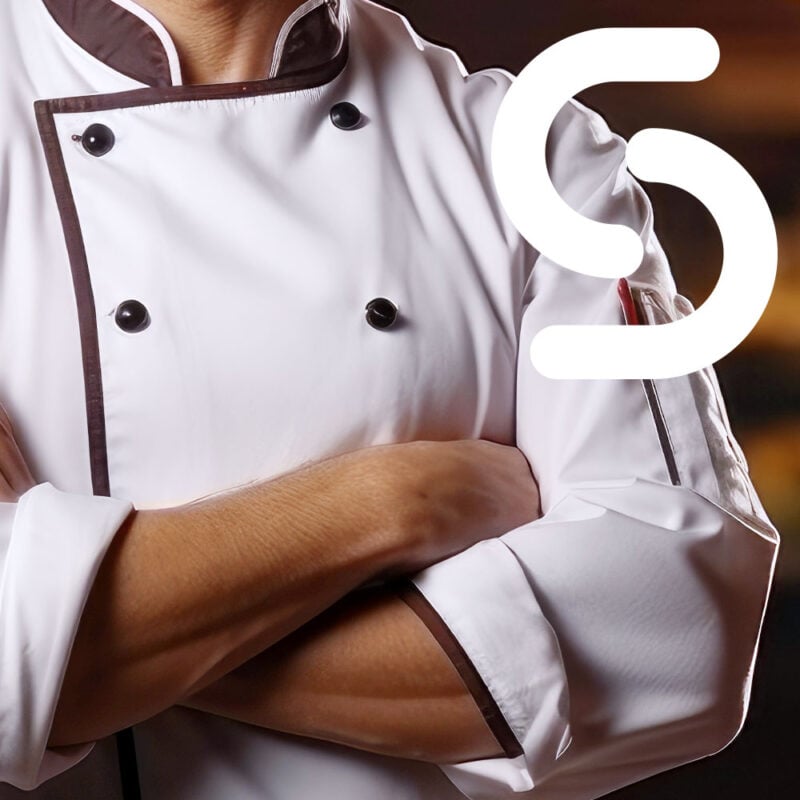Every professional or aspiring chef understands a chef’s uniform’s essential role in their kitchen performance. A well-tailored chef’s jacket doesn’t just lend a polished look but also provides necessary protection in the busy, potentially hazardous kitchen environment. Selecting the suitable fabric for a chef’s jacket is essential, balancing comfort and durability, heat resistance, and ease of movement.
Cotton vs Polyester: The Pros and Cons
Two chef jacket materials stand out above the rest – cotton and polyester. Traditional cotton chef jackets have long been favoured for their natural material and breathability, making them a classic choice in many professional kitchens. The fabric’s ability to keep the body cool as air circulates efficiently through the fibres makes it ideal for those intense cooking sessions. Also, the cloth buttons on cotton chef’s jackets bear a significant difference, offering classic style and practicality as they can better resist damage from hot liquids than plastic studs.
But polyester fabrics bring their own set of benefits. They offer excellent wrinkle resistance and durability, making them ideal for chefs with little time for garment care. Also, they are often easier to clean, an essential feature considering the inevitable spills and splatters in a chef’s daily life.
Blending the Best: Cotton Polyester Blend Chef Jackets
Recognising the strengths and weaknesses of cotton and polyester, many manufacturers offer chef jackets made of a cotton-polyester blend. These garments provide the best of both worlds – the breathability and comfort of cotton, complemented by the durability and ease of cleaning from polyester. The blend has grown increasingly popular in many kitchens, with chefs appreciating its balanced features.
Fabric Weight: A Critical Consideration
The weight of the fabric is a vital consideration when choosing a chef’s jacket. A heavier fabric weight will offer better protection against hot liquids, hot surfaces, and hot splashes that are part of a chef’s daily routine. Lighter-weight fabrics can keep you cool and comfortable during less demanding shifts but may not provide the same level of protection.
Style and Design: More than Just Aesthetics
The style of a chef’s jacket is more than a mere aesthetic consideration. The double-breasted design is a classic choice for chef’s jackets, allowing the chef to switch sides if one side gets stained. This feature is practical for maintaining a professional appearance throughout a shift.
When it comes to sleeve length, long sleeves protect against burns from hot surfaces and hot liquids, but short sleeves can offer a more relaxed fit and cooler wear for less hectic environments or warmer climates.
See here for more on how to Stay Clean & Spotless in the Kitchen
Colour and Personalisation: The Evolving Chef’s Uniform
Traditionally, white chef jackets have been the norm, synonymous with cleanliness and professionalism. But, with changing times, more colours and designs are now available for chefs looking to add a personal touch to their chef wear.
An embroidery is also an option for those wanting to add names or logos to their chef uniforms. This can help to foster team unity or to highlight individual achievement.
Durability and Care: Choosing a Chef Jacket for the Long Run
Regarding durability, remember that chef’s jackets will undergo frequent washing. You should always check the washing instructions or symbols when purchasing your garment.
While cotton provides superior comfort, it can shrink and lose shape over time if not correctly cared for. However, polyester and cotton-polyester blend chef jackets are typically more resilient to frequent washing and can handle hot water better.
Making the Right Choice
With the range of chef uniforms and kitchen uniforms available today, from the traditional double-breasted chef jacket to more modern designs, the choice boils down to personal comfort, the demands of the job, and the environment you work in.
Whether you work in a hot, bustling kitchen where a high fabric weight and heat-resistant material like a cotton polyester blend is ideal or a more relaxed setting where softer cotton could suffice, a chef’s jacket is the perfect fit for every chef.
Remember to balance style, comfort, and practicality when making your choice. Your chef’s jacket is more than just a part of your uniform – it’s an essential tool in your culinary journey.
